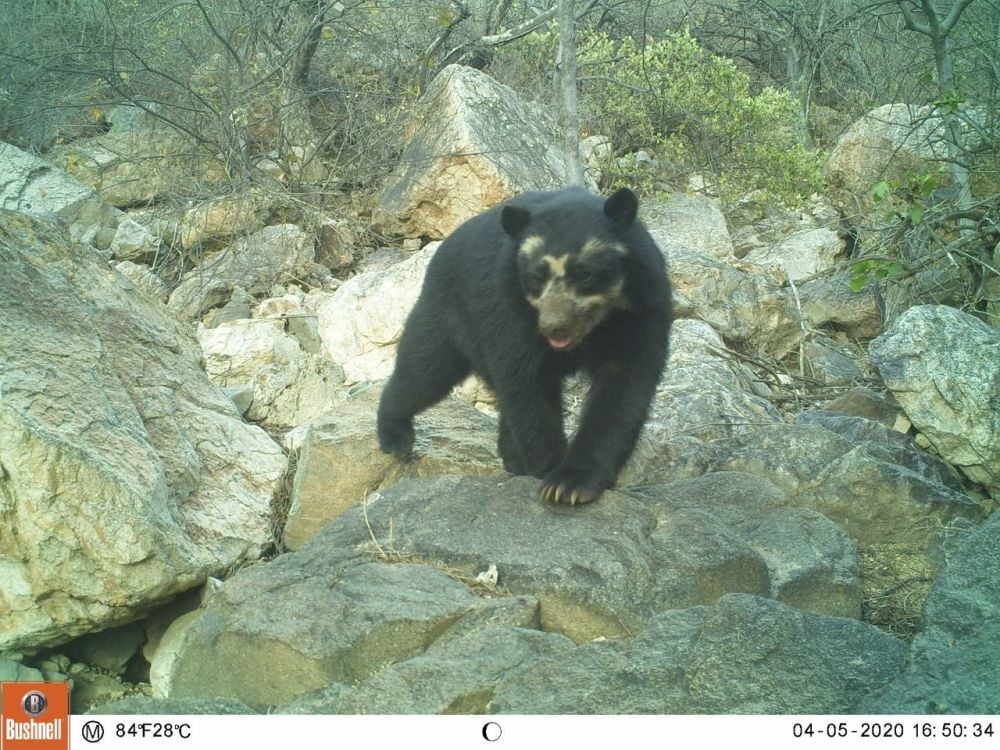Orangutan Foundation's 30 Year Anniversary Appeal
Posted on
|
The 8th to 14th November 2020 is Orangutan Caring Week. That gives me a great reason to tell you about a very special appeal which is being run by the Orangutan Foundation and the Sumatran Orangutan Conservation Programme. The Orangutan Foundation celebrated their 30th Anniversary in October 2020 so it would be wonderful to see this appeal completed in the same year! They are looking to raise £300,000 for conservation work that’s really vital. In doing so, they want to save three species of orangutan: The Bornean, Sumatran and Tapanuli orangutans. They are all critically endangered and are all suffering from a severe loss of tropical forest habitat. As a result, their population numbers have plummeted by an incredible 90%. What will the £300,000 be used for? In Borneo, it will be used for the following (and I’m kind of quoting):
In Sumatra, The Sumatran Orangutan Conservation Programme needs funds urgently to:
So you can see that the £300,000 will be very well spent and really help make a difference to orangutans (and a lot of other species living in the area who also call the forests home).
Both organisations have done a great deal of work in the time they have been looking after orangutans and now they need to do more to help them. The Tapanuli species of orangutan was only found in 2017. If we could get 60,000 people to donate £5 or its equivalent, that would hit the target! Visit the Orangutan Foundation’s website to find out more and donate.
|

